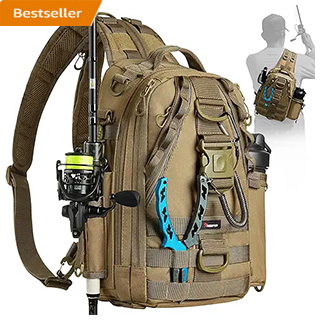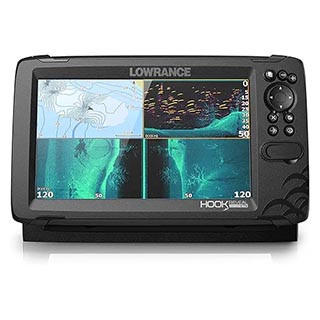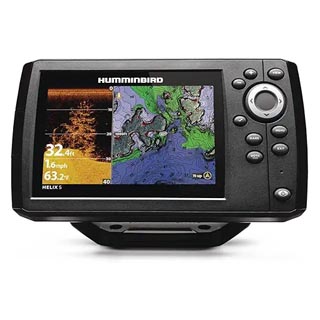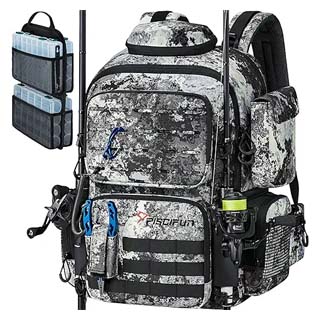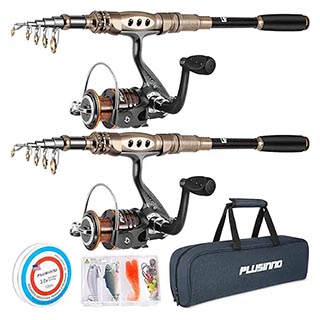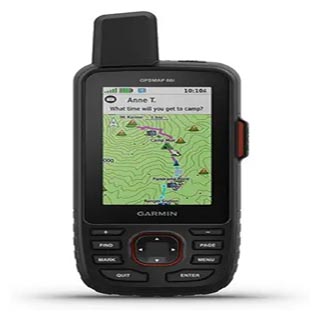Not Just Fishing
Fishing Articles and Information

Rainbow, Brown and Brook Trout
Rainbow, Brown and Brook Trout
By Ronald Moody
Maine fishing has Rainbow, Brown, and Brook trout. Trout are an important part of fishing tradition. Maine trout fishermen and women are
enthusiast about the pursuit of the trout.
Some consider trout fishing to be the purest from fishing.
The finesse that is required to
entice a trout into striking a fly or lure is what appeals to the soul. But don't worry, trout have endeared the imagination of the
trout fishermen and women for years on end. Pure cold water is key to survival of the trout, but Rainbow Trout are comfortable in
slightly warmer waters.
Rainbow Trout are known for their tasty pink flesh and beauty and gameness. The Rainbow trout is a favorite among most fishermen and women anglers. The Rainbow trout appeals to the properly presented flies, baits and lures.
It feeds on small worms, minnows, insects, and crustaceans. The sport and dining are two fun things for Rainbow trout anglers.
Originally the rainbow trout was found in the Rockies and west to the pacific ocean and has been distributed far and wide across the
United States. Rainbow trout do better in the north and northeast, but in isolated areas in the south the Rainbow trout are found as well.
In waters that allow such migration, the rainbow trout will remain in streams until it reaches 6 to 9 in length and then travel to lakes
or oceans where it bulks up and then return to the streams or rivers to spawn.
Another trout native to the United States is the Brook Trout. Originally found throughout areas with cold clean water, they like the
water that does not exceed 68 degrees. As we humans invade the cool shady forest areas it causes the water to warm up and the Brook
trout are diminishing in their population.
Its primary food source is small crustaceans, mollusks, insects, and other small fish.
Of all trout, Brook Trout are the easiest to catch.
Amongst places to look for Brook trout fishing are gravel bottom streams with a
moderate current, plenty of ponds and waterfalls which include rocks and cover. Over hanging trees for shade and attracting insects and
offer protection from preying birds and also are places to look for when fishing for Brook trout.
The trout that can take slightly warmer water are the Brown Trout.
The Brook Trout do not like the warmer water and have taken over some of the fisheries formerly inhabited by the brookies. Brown trout are much more wary than other trout, which helps ensure their longevity
in waters where other trout are fished out.
The best spots to look for when fishing for Brown trout are quiet water with logs, under cuts in the banks, over hanging trees and brush,
rock shelves. These are Brown trout's favorite hiding places. Brown trout get to be large in size and become more inclined to feed at
night under the protection of darkness.
The food that the Brown trout likes are crustaceans, worms, insect and minnows.
A popular way to fish for Brown trout is a dry fly. For
pan size brown trout, this favorite technique rises well to the crafty presentation.
About The Author:
Ronald Moody has been an avid fisherman for over 40 years. He enjoys all types of fishing, but especially likes
salt-water fishing; he has been all over the country practicing his hobby.
